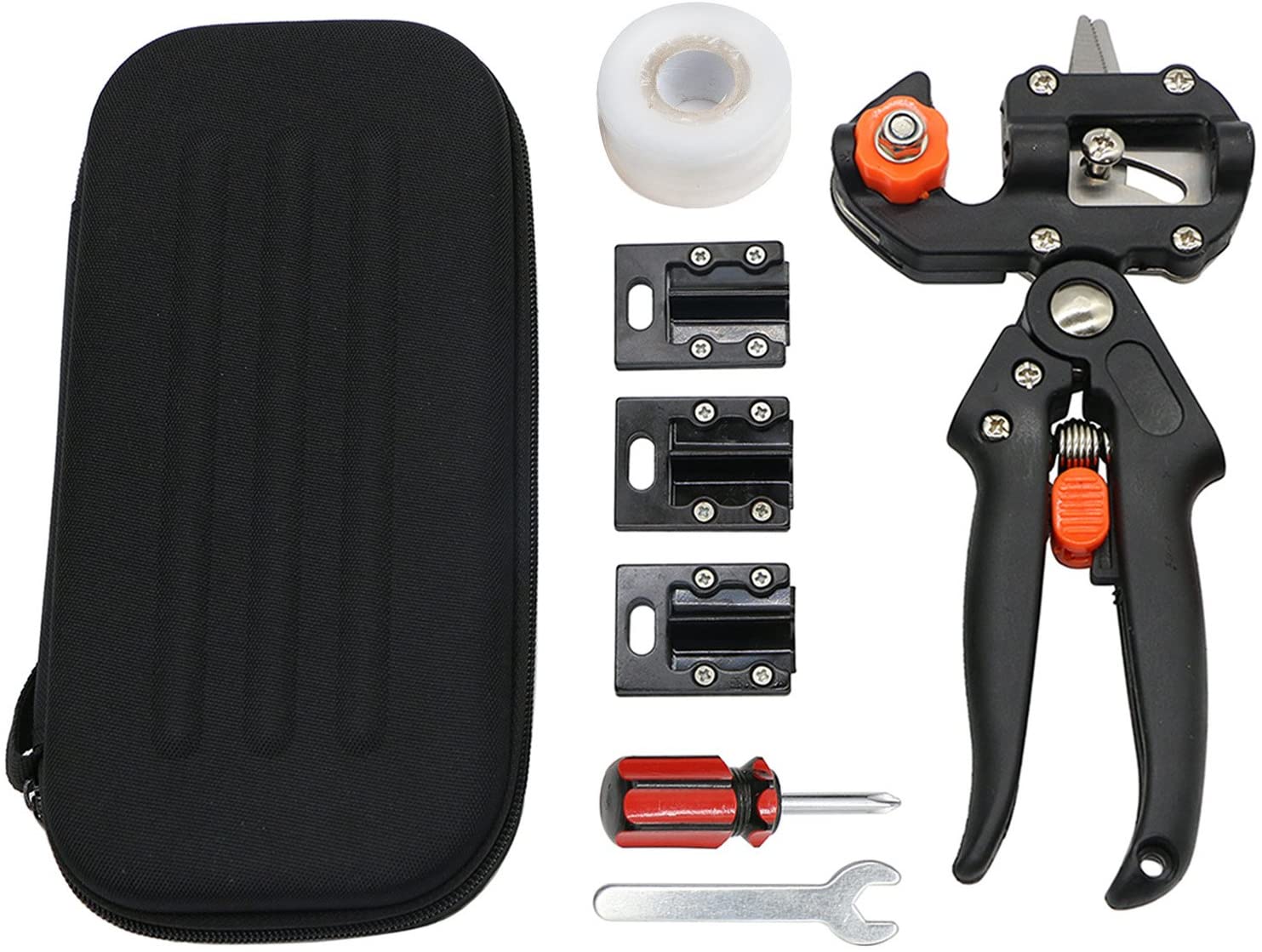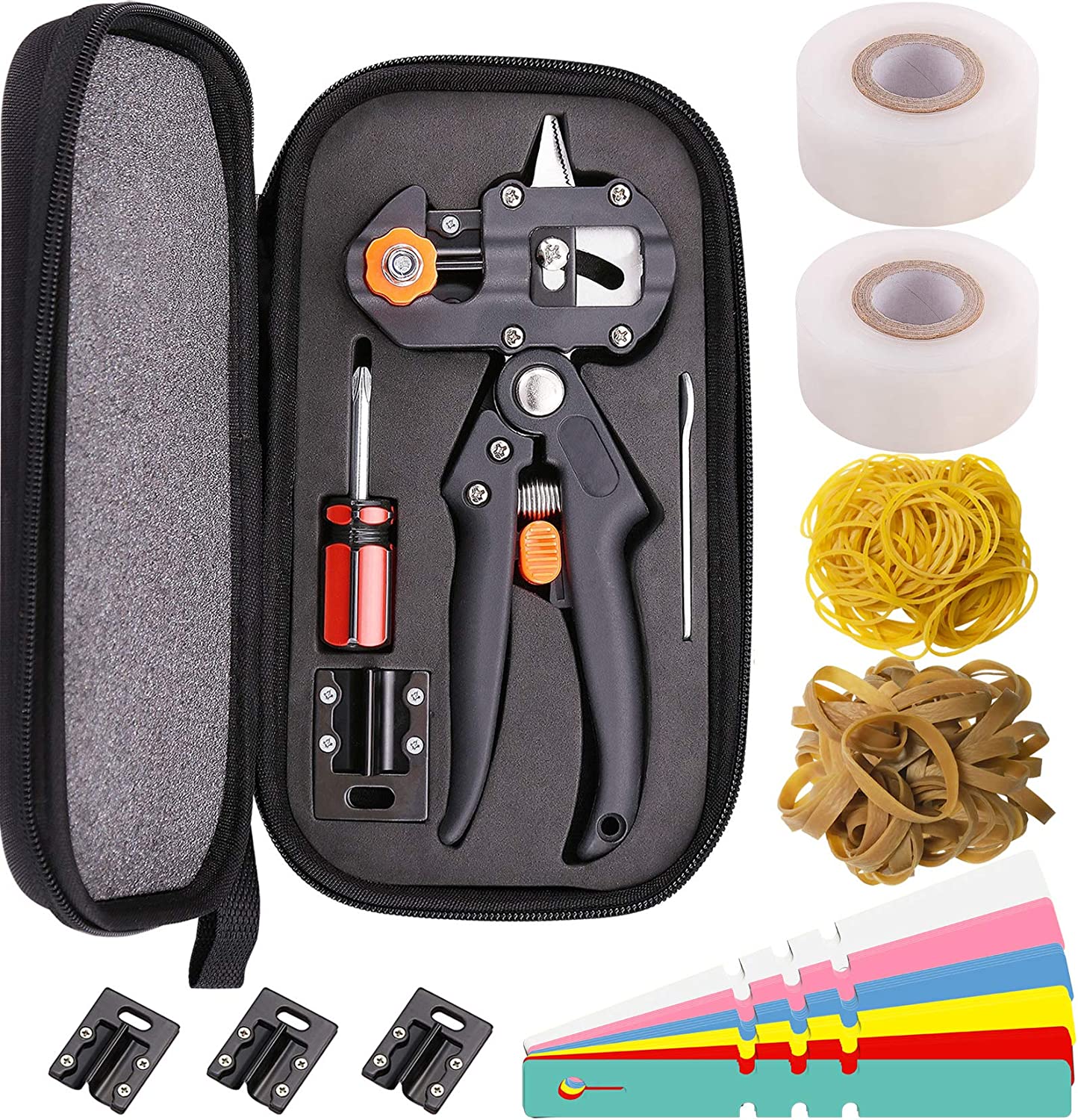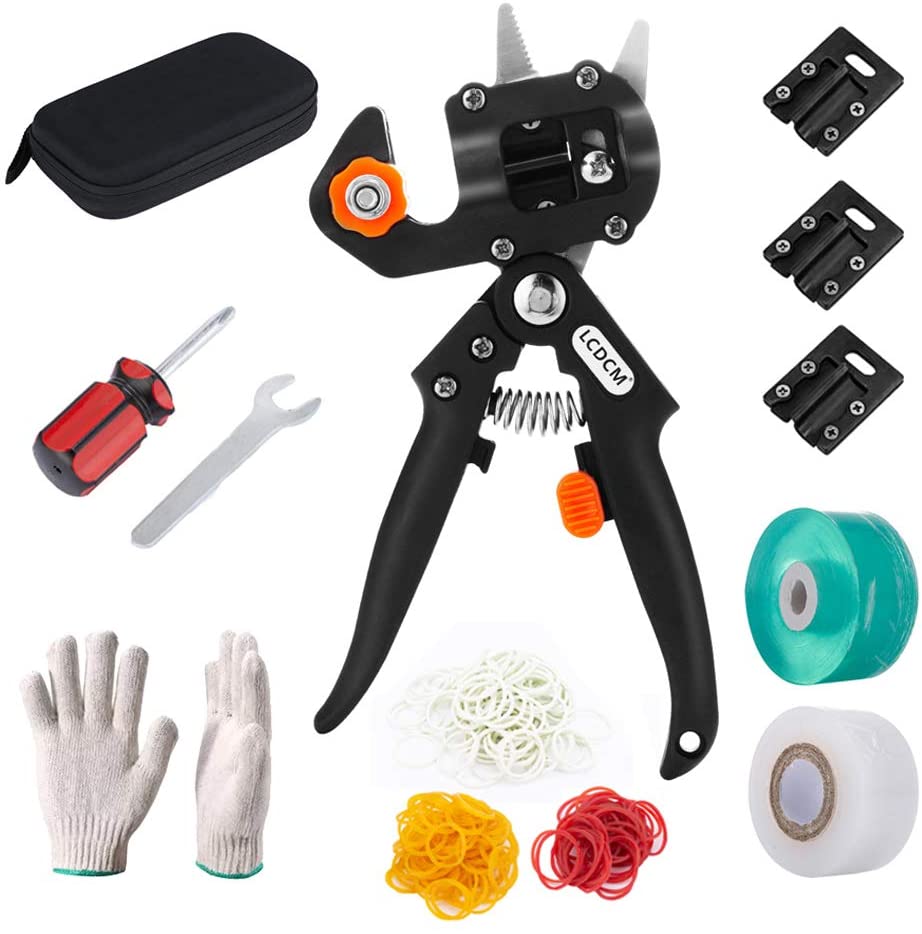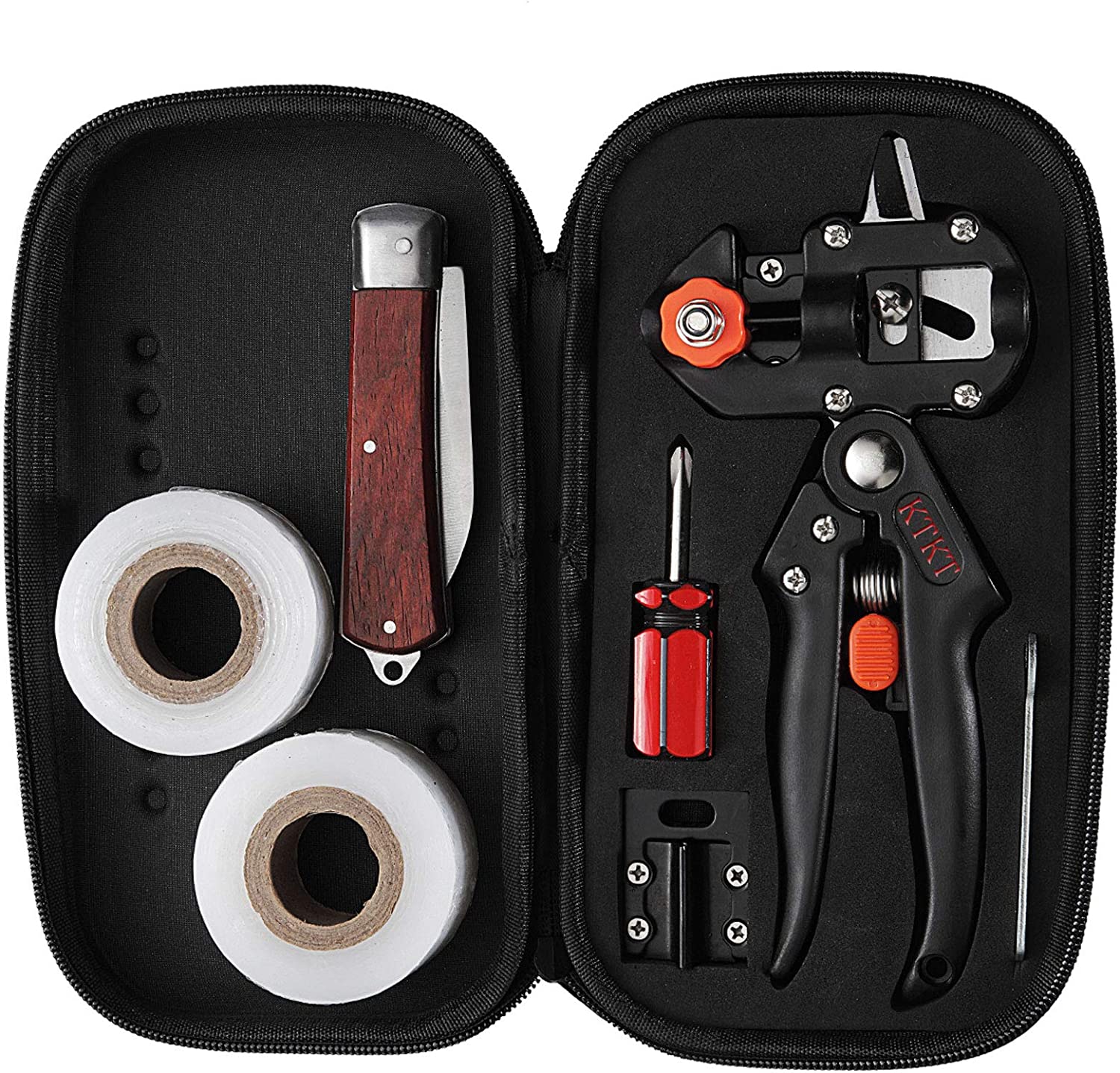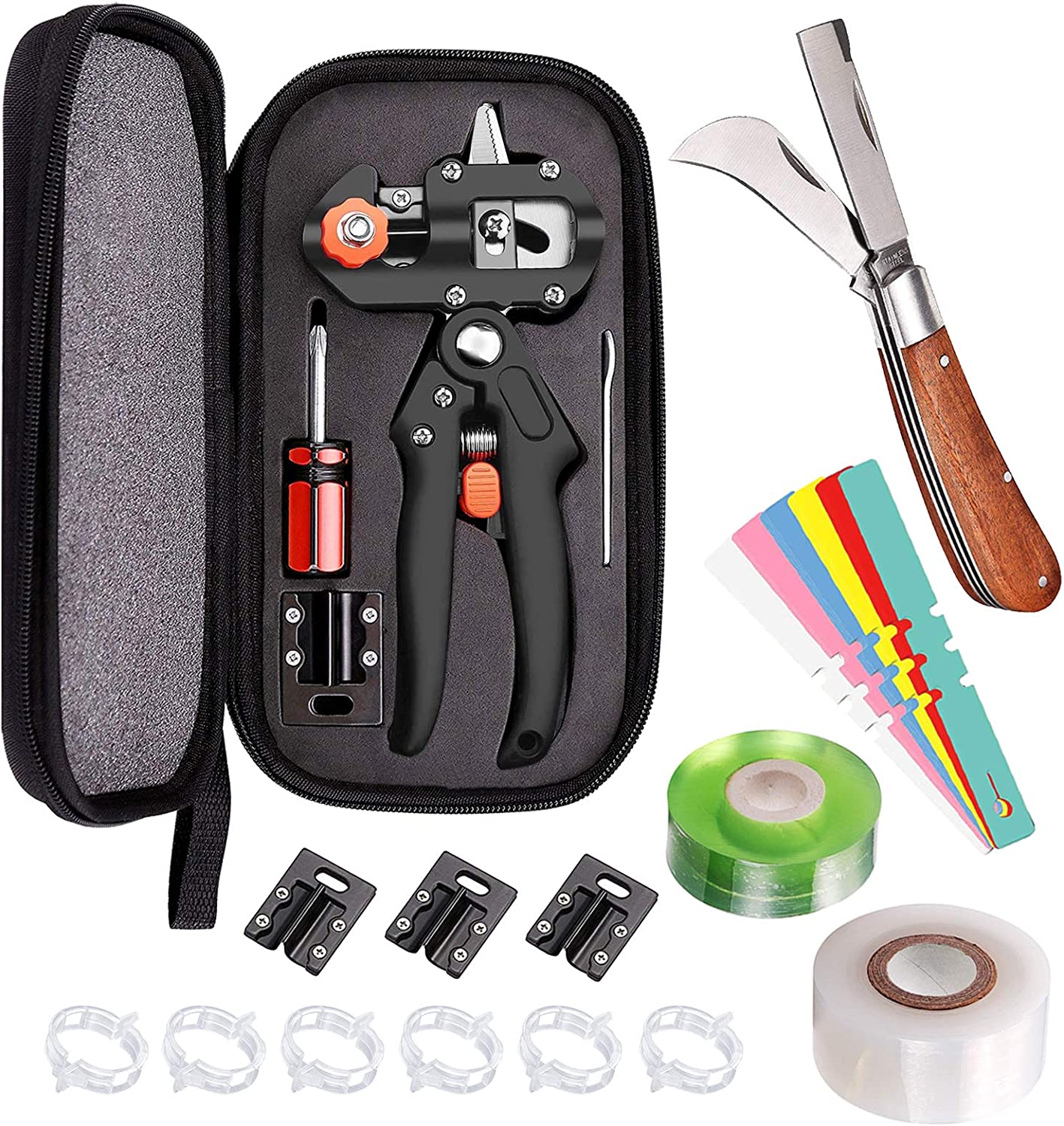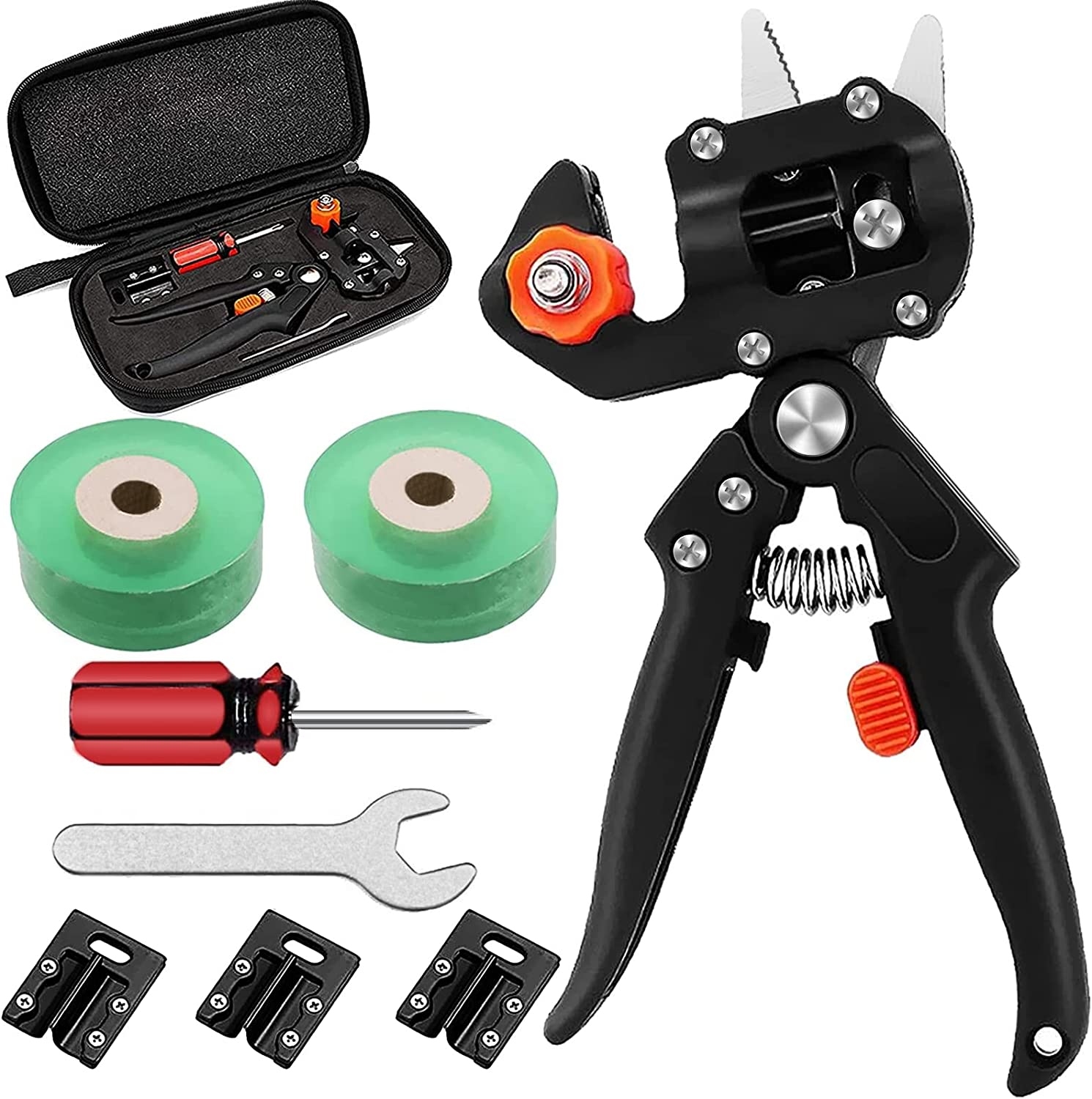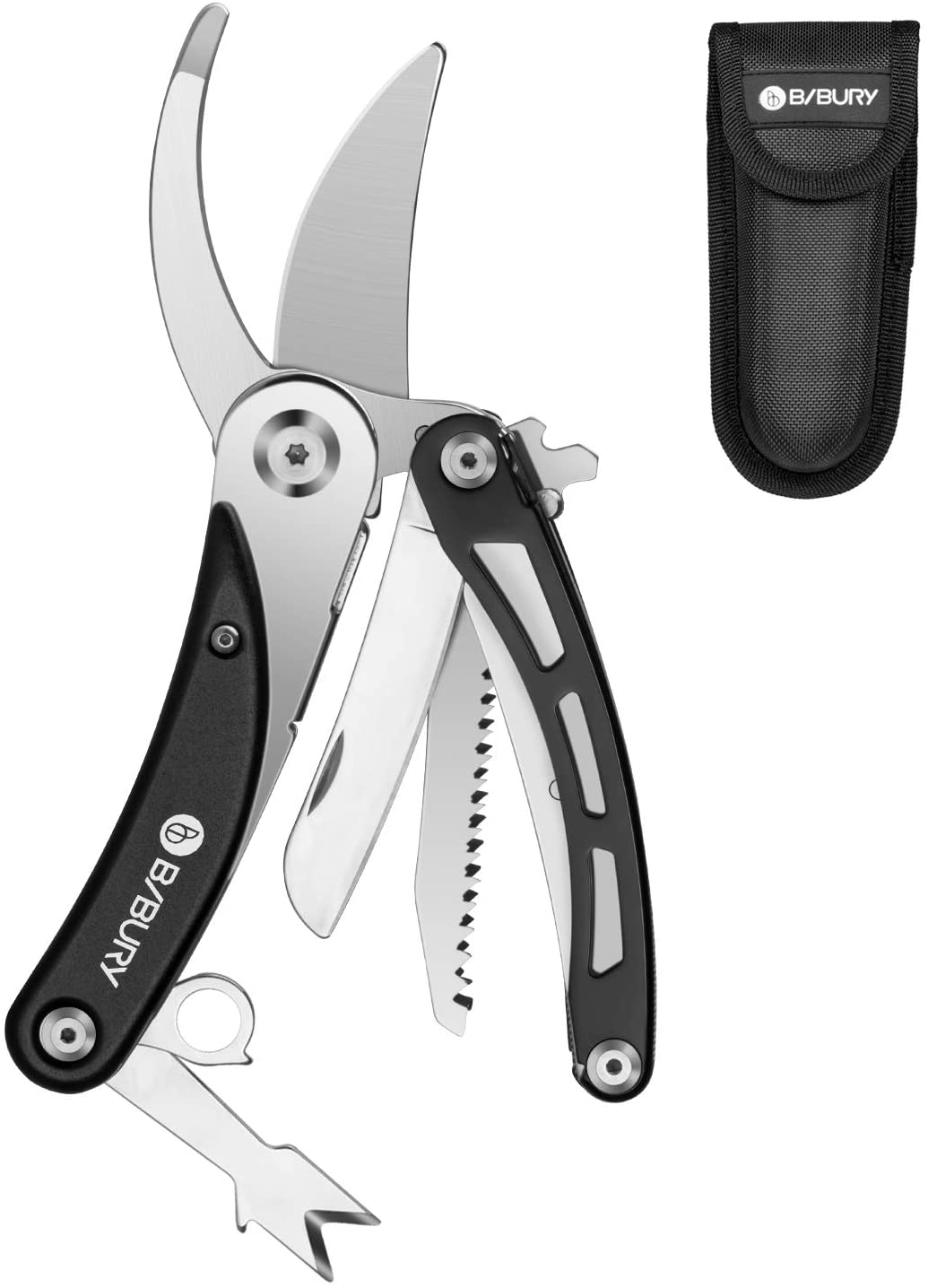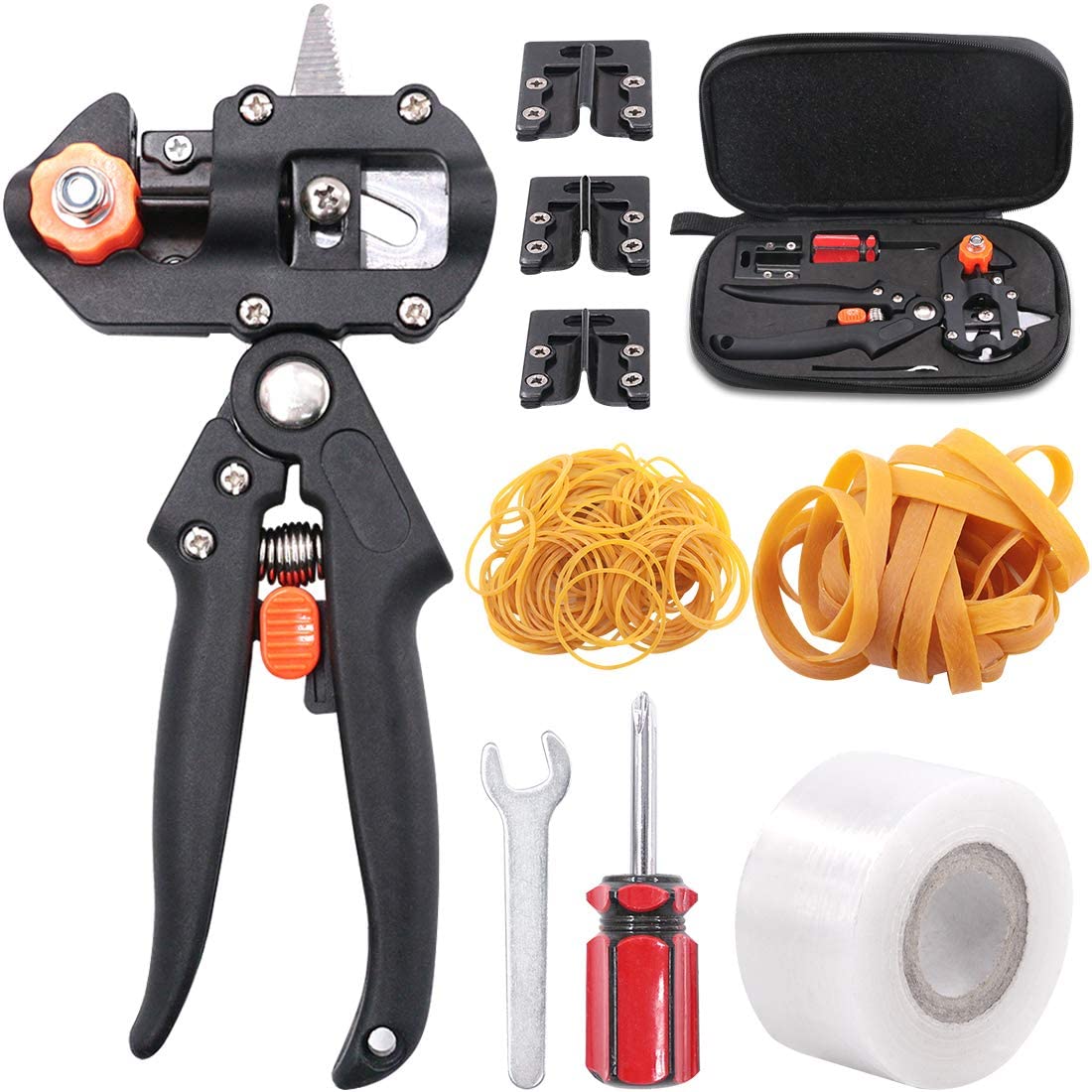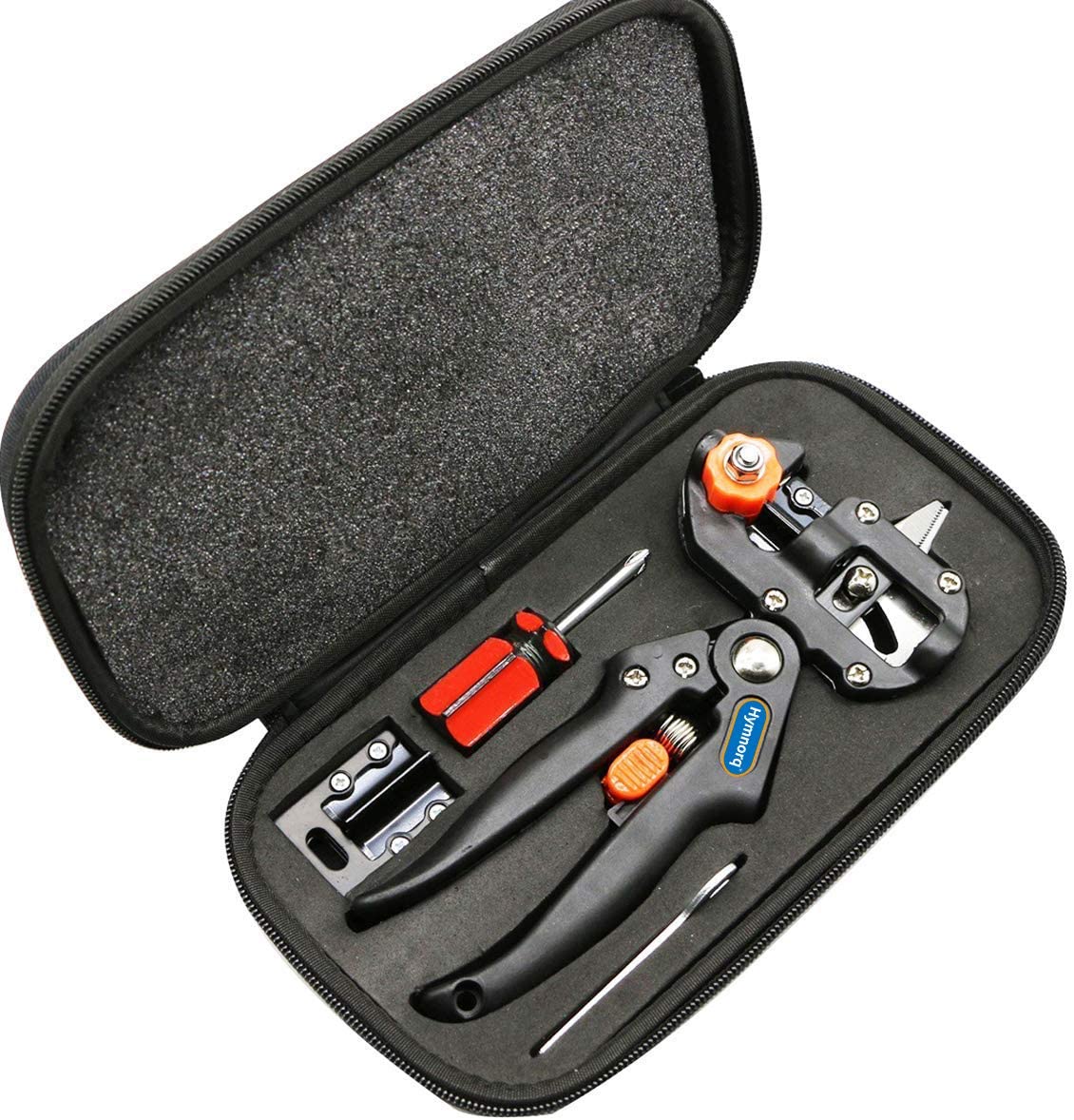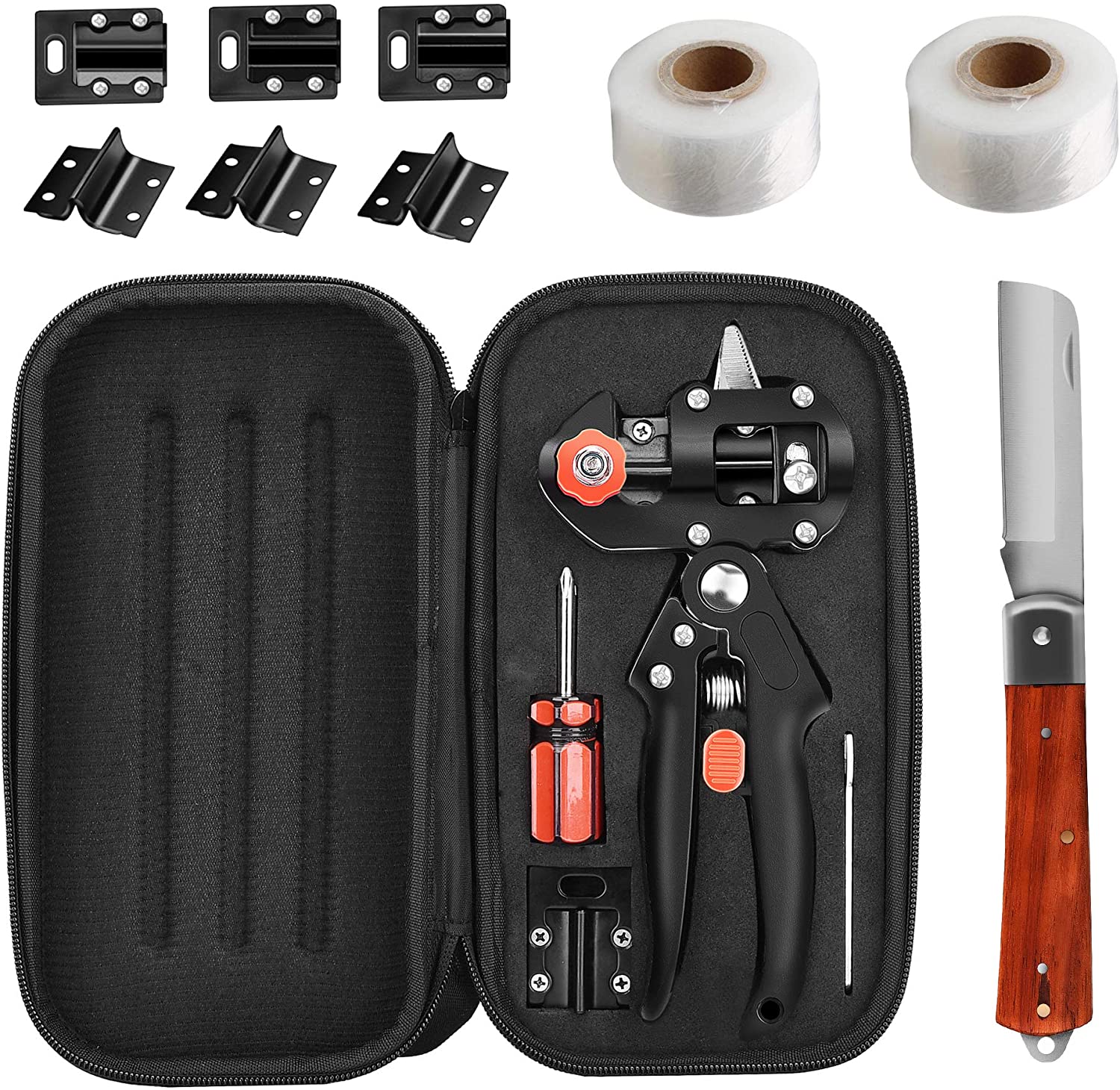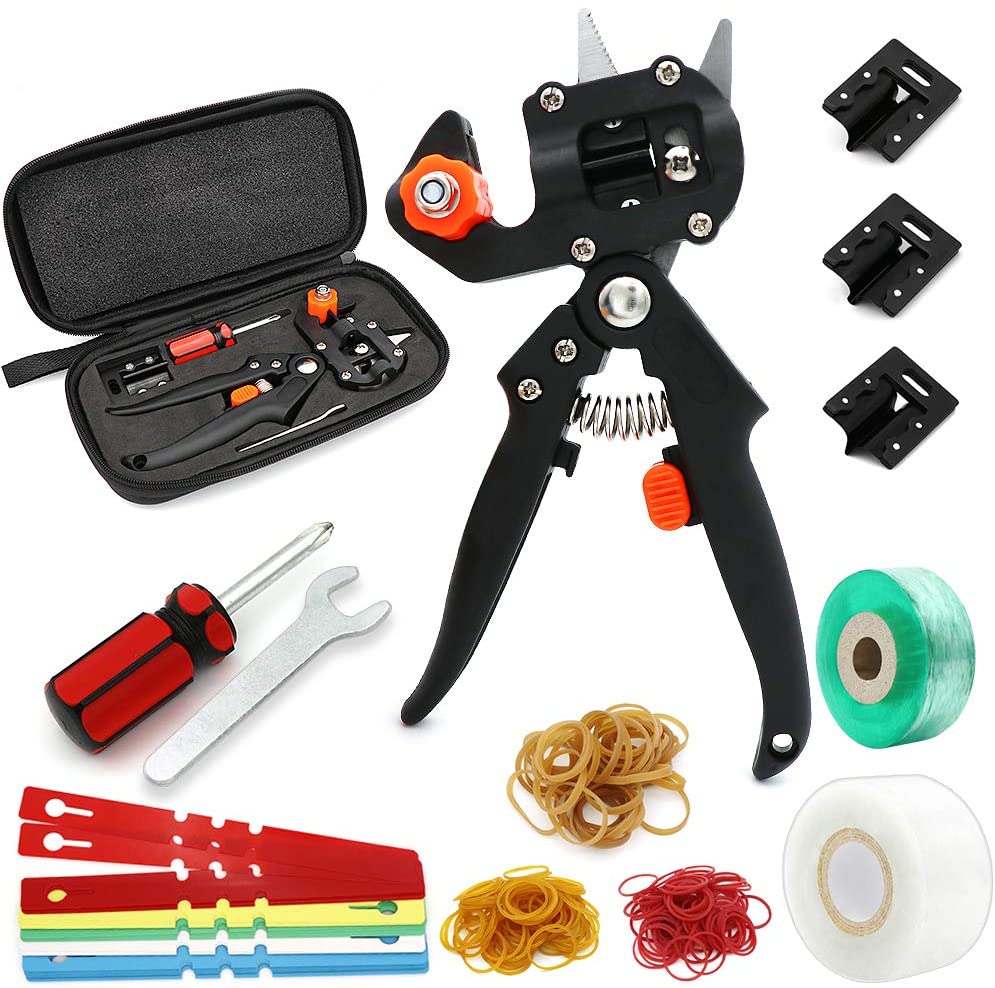Stormshopping Easy Use Professional Garden Grafting Pruner Tool
Last updated: June 1, 2023
Novice and seasoned gardeners are sure to fall in love with this high-quality garden grafting tool. It comes with a manual to help you get the most out of your purchase. In addition to extra blades, the set also features a roll of grafting tape.
We looked at the top Garden Grafting Tools and dug through the reviews from some of the most popular review sites. Through this analysis, we've determined the best Garden Grafting Tool you should buy.
Product Details
Key Takeaway: The #65 high carbon steel double-edged shear blades on this garden grafting tool allow for perfect cuts every time.
In our analysis, the Stormshopping Stormshopping Easy Use Professional Garden Grafting Pruner Tool placed 8th when we looked at the top 11 products in the category. For the full ranking, see below.
From The Manufacturer
Cutting an anastomotic interface with high effiency, save 40% of the time and energy than traditional grafting methods. 3 replaceable grafting cutting blades: Ω cut, U cut and V cut, each blade with two cutter points. Grafting Diameter : 5-14mm/0.2″-0.55″. Handles are made from ABS plastic, the rest part and blades are made from high carbon steel, chrome treated for durable sharp. Package comes with a grafting cutting tool, 3 grafting blades, a Grafting Tape, a screwdriver and a wrench packed in a durable storage bag.
